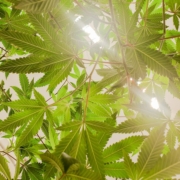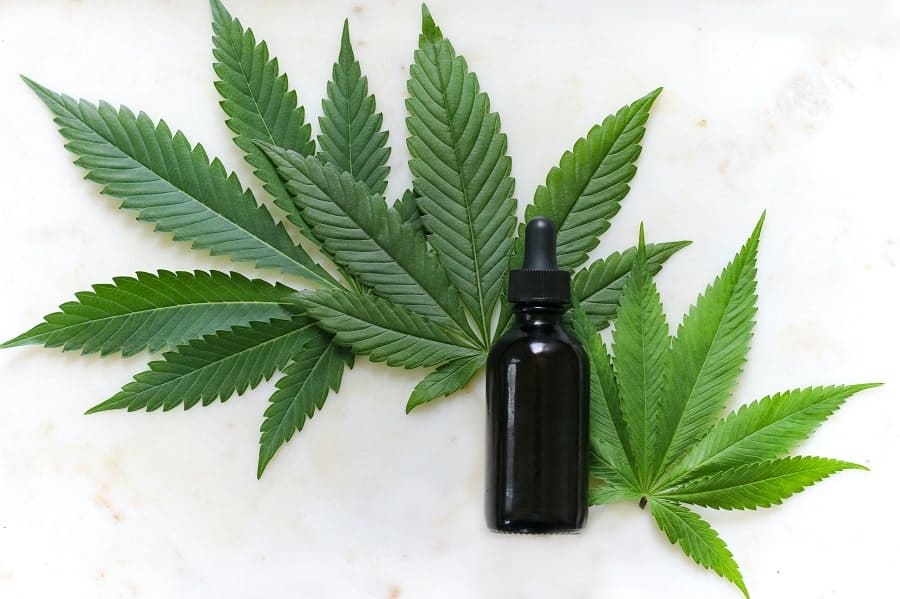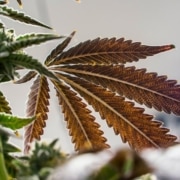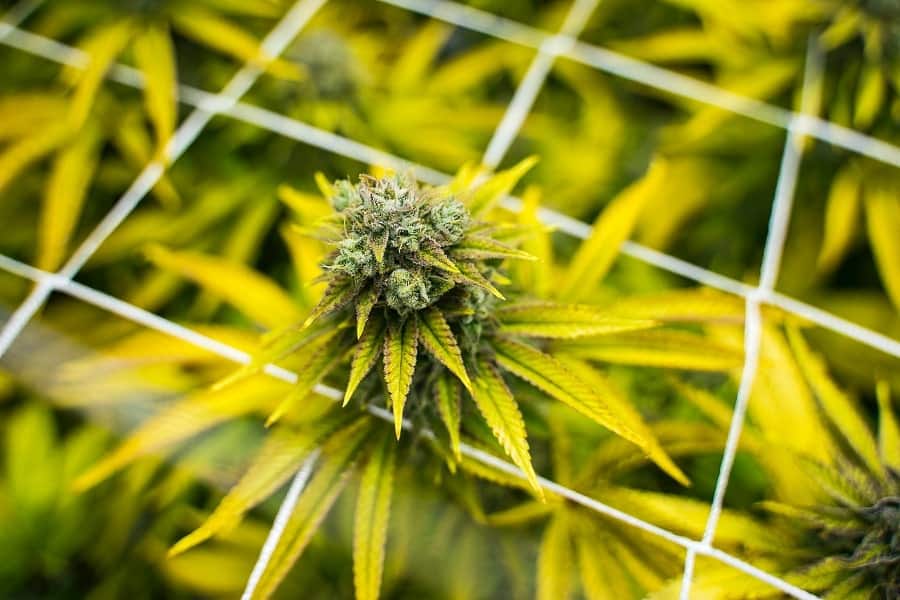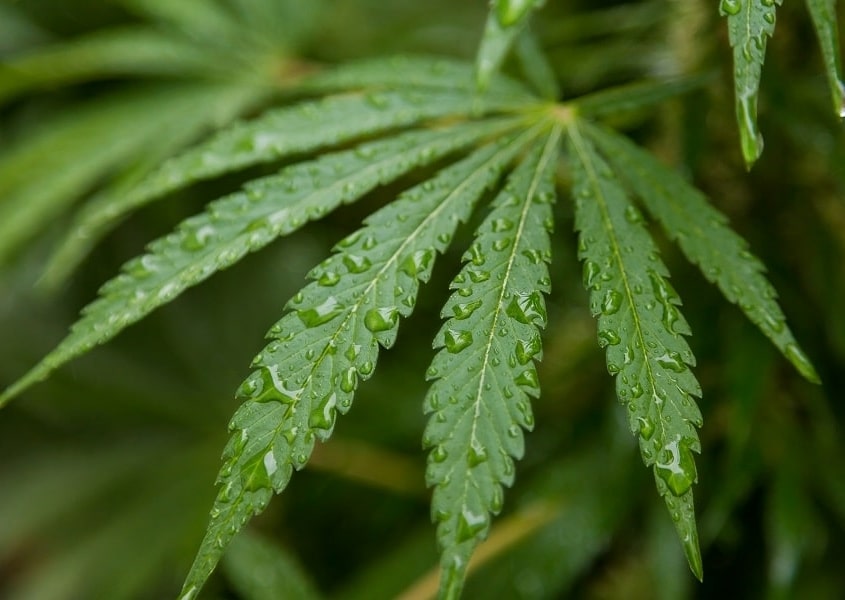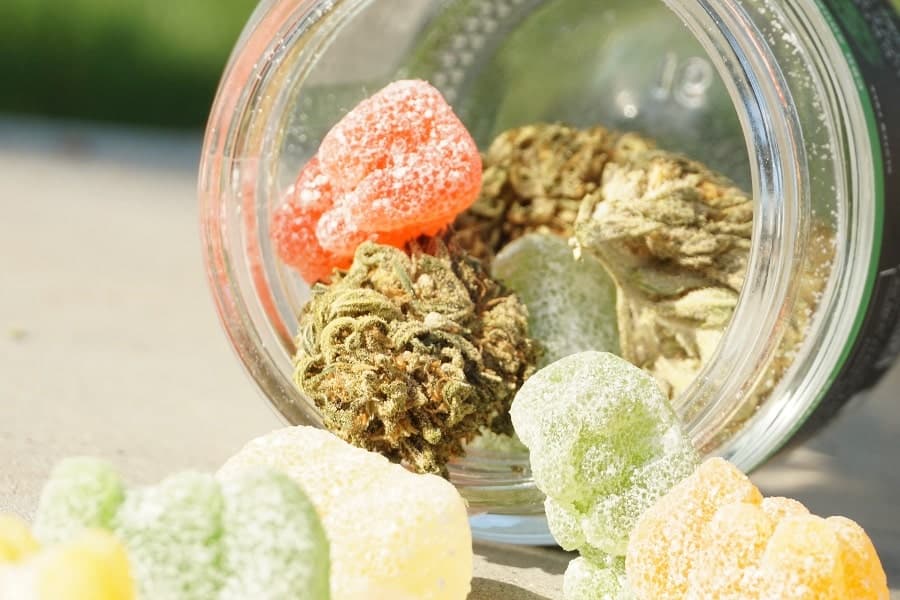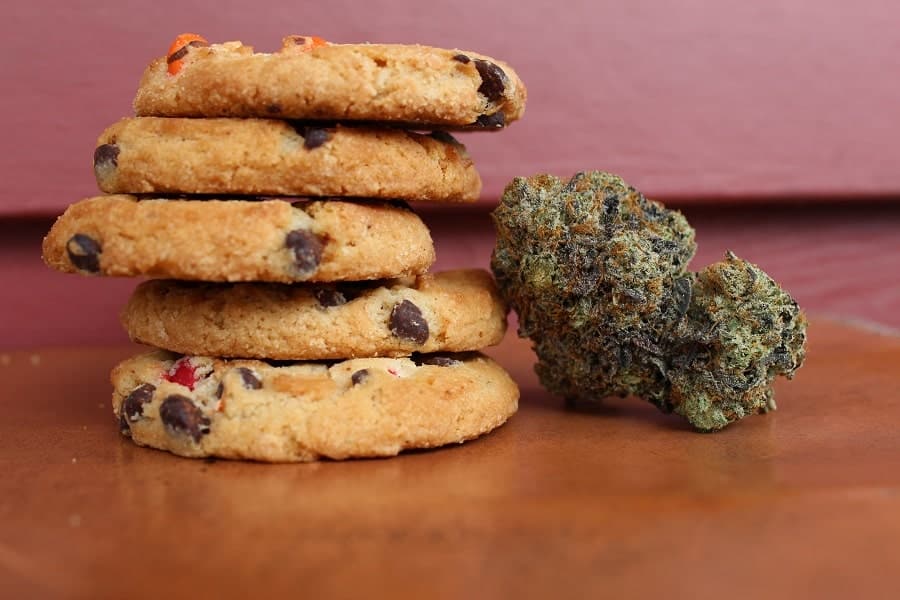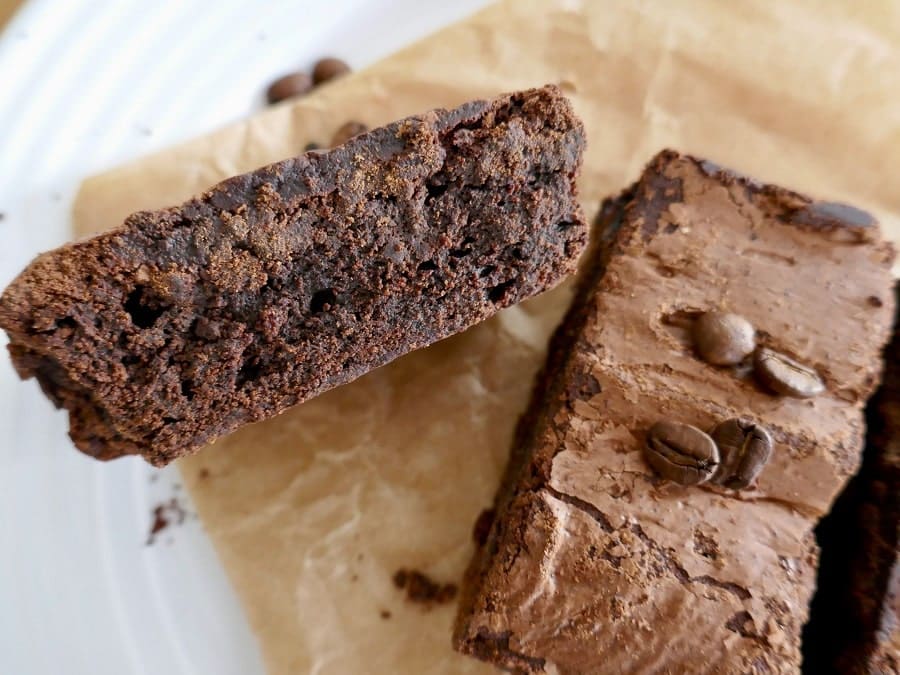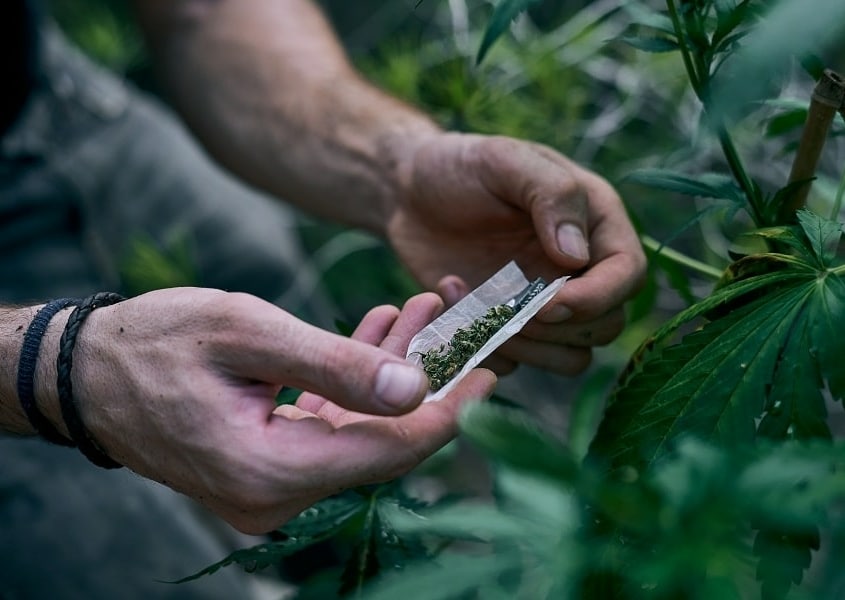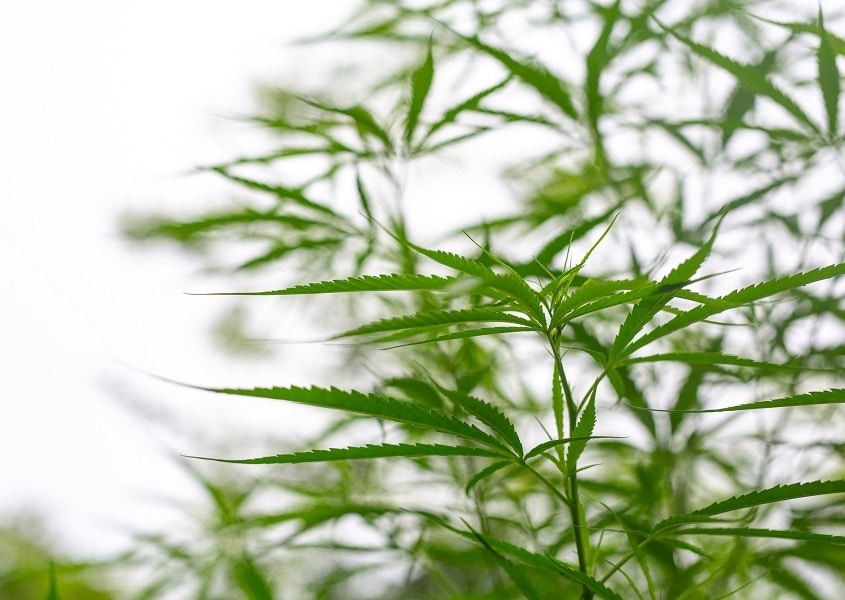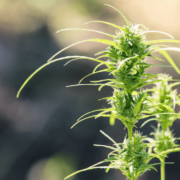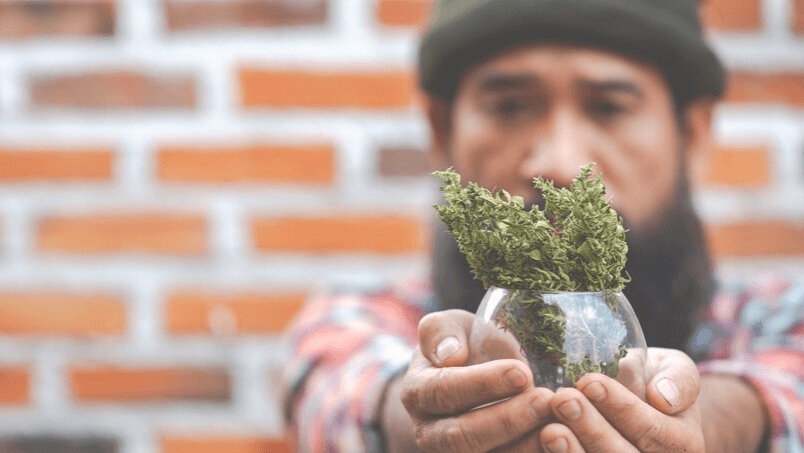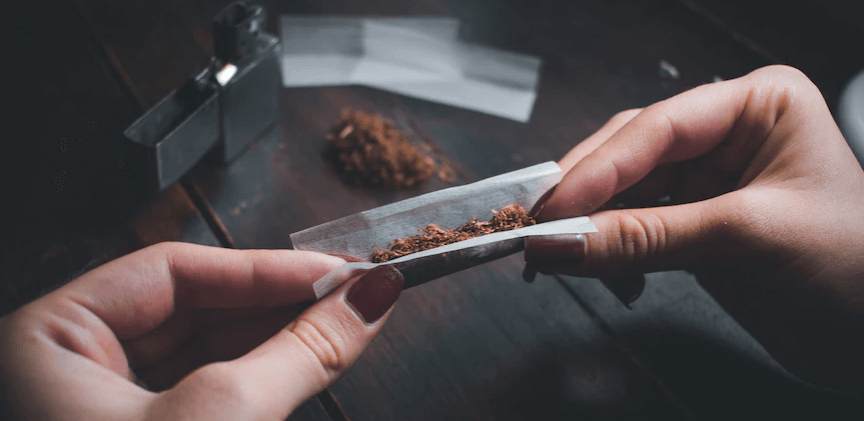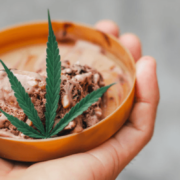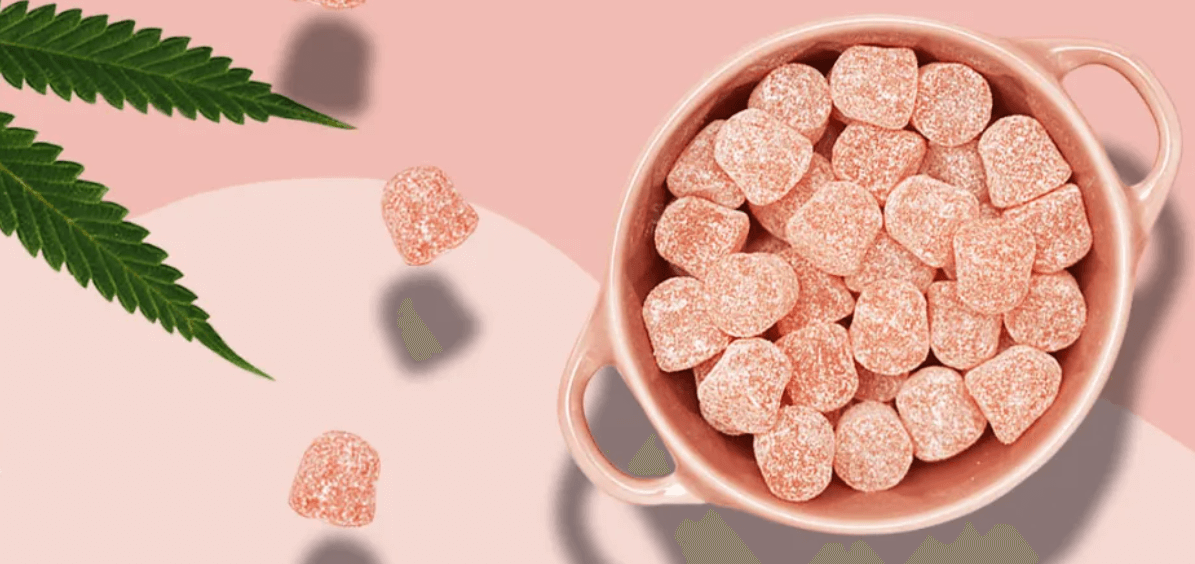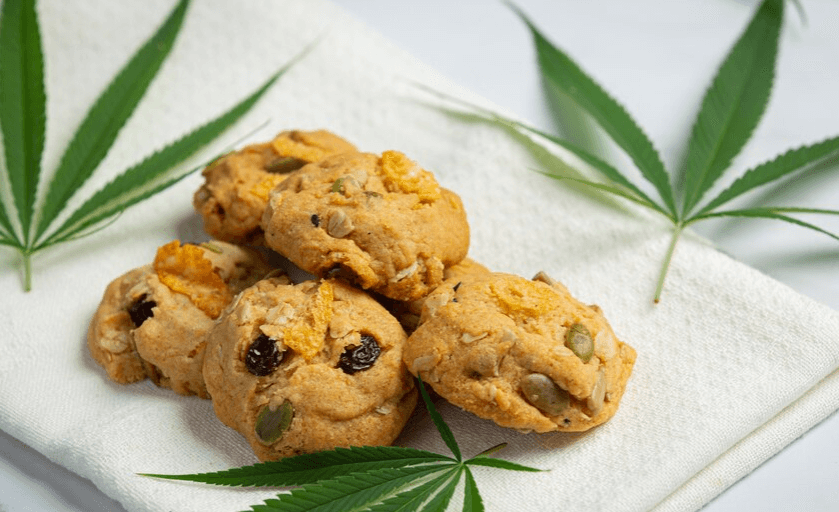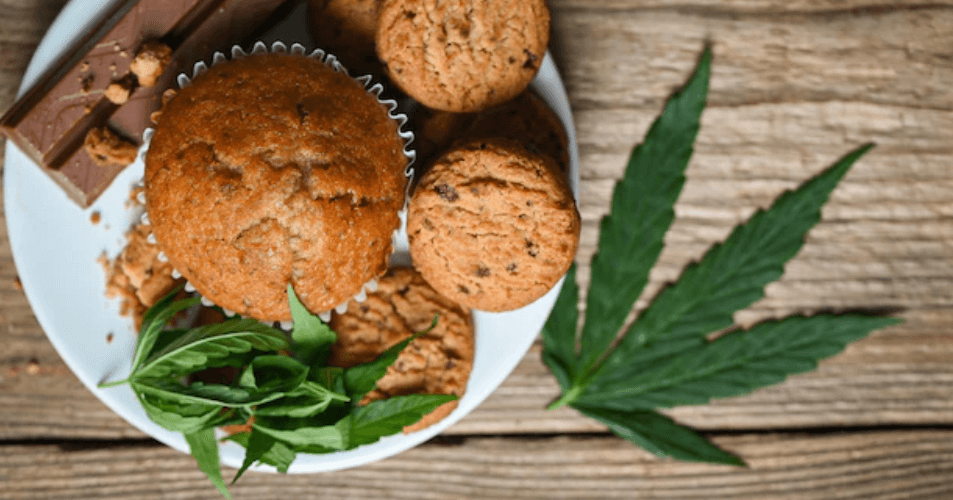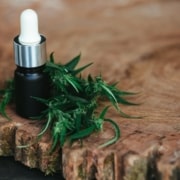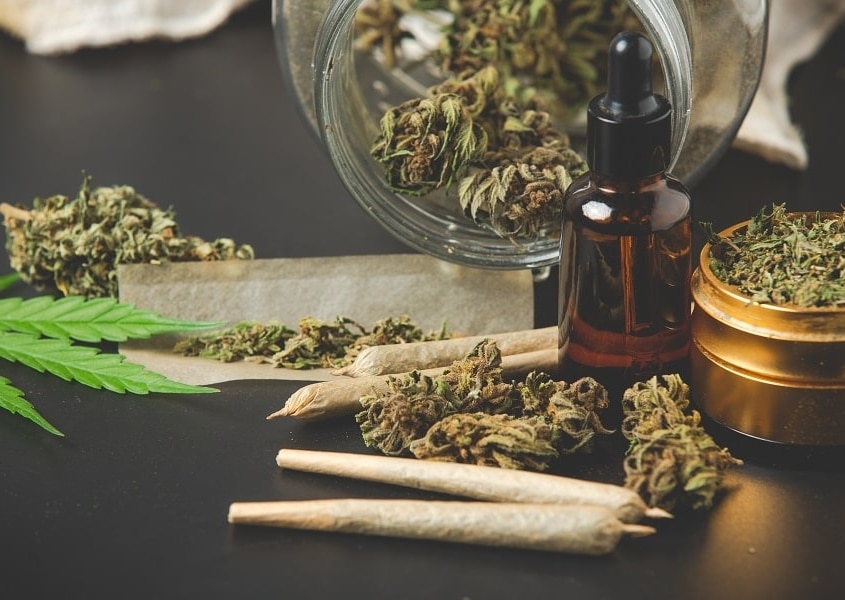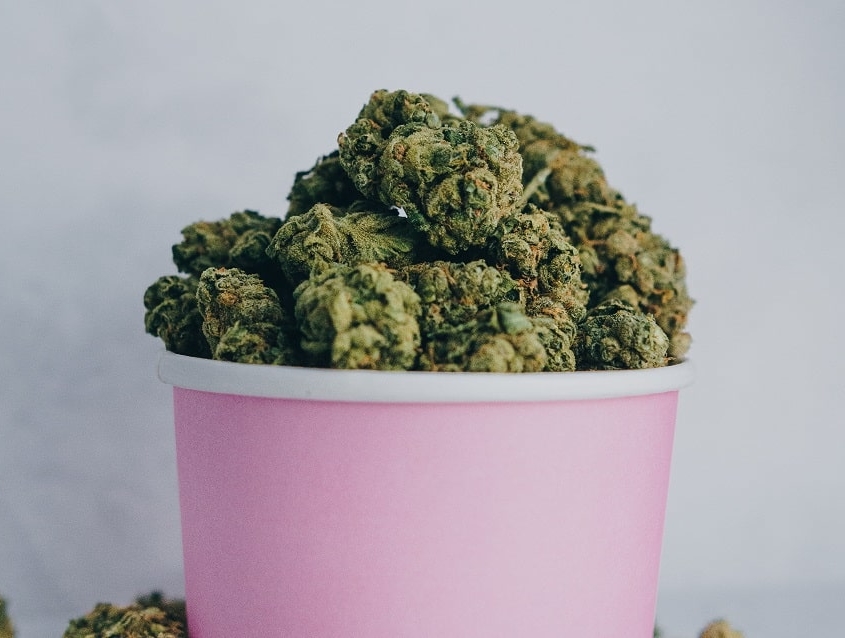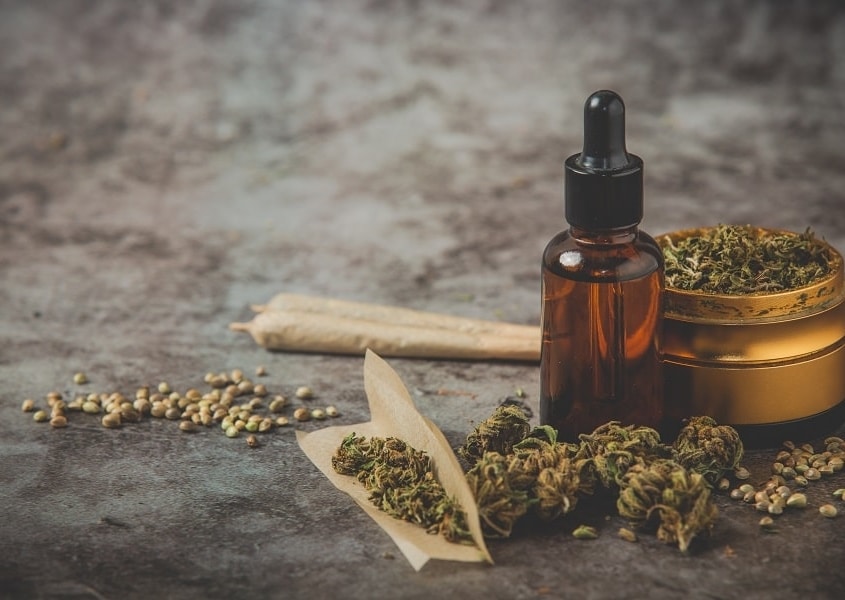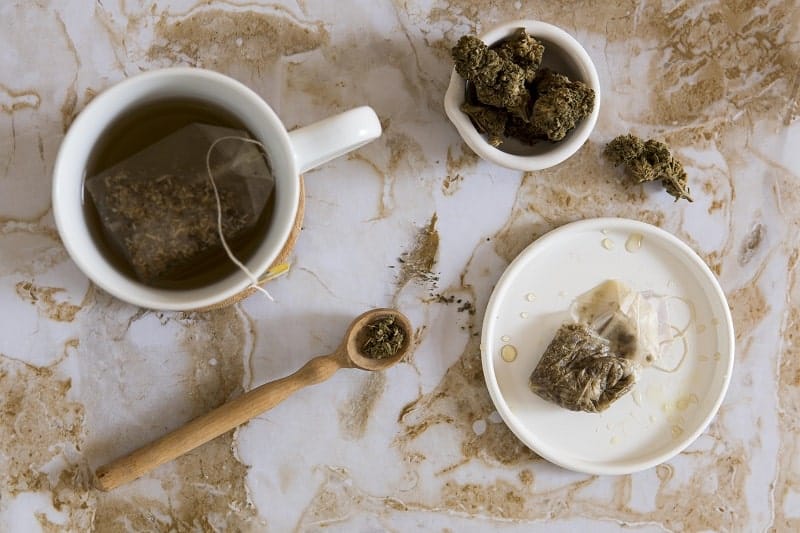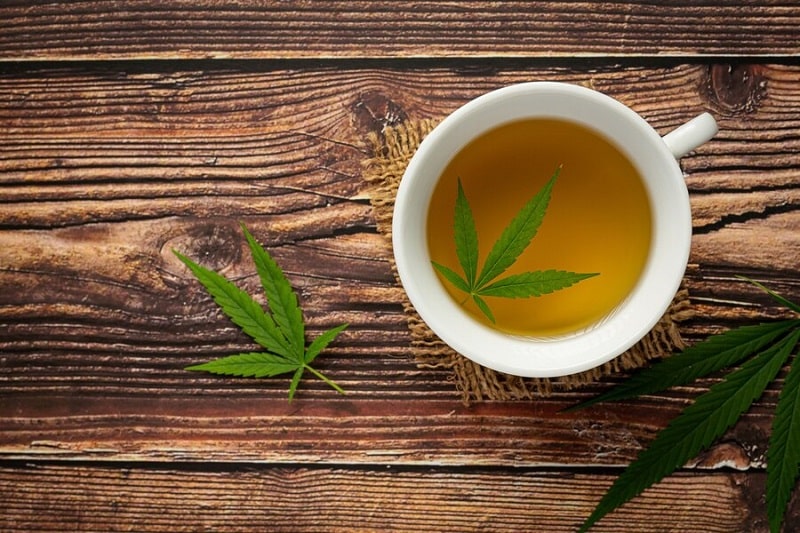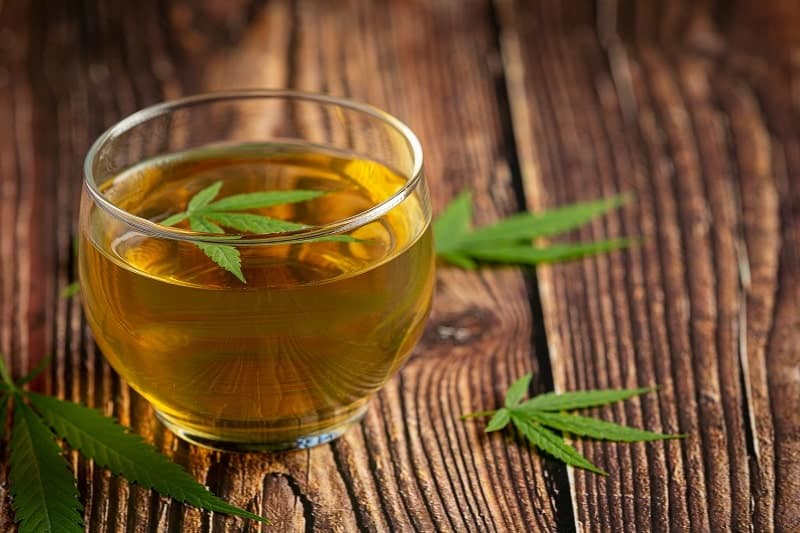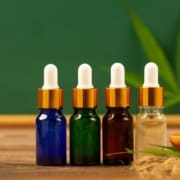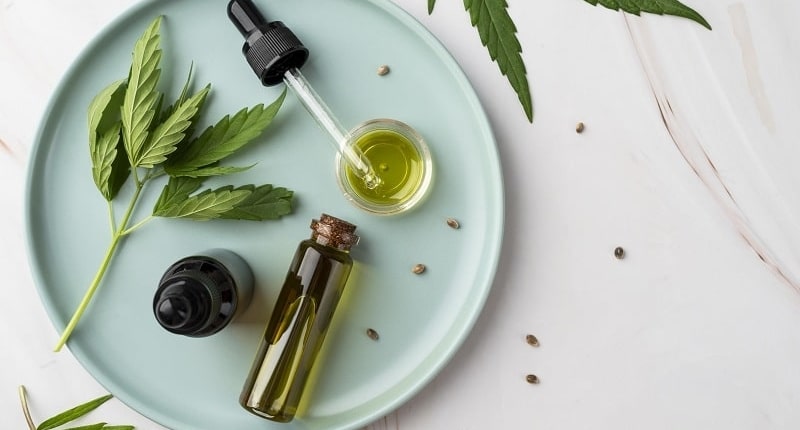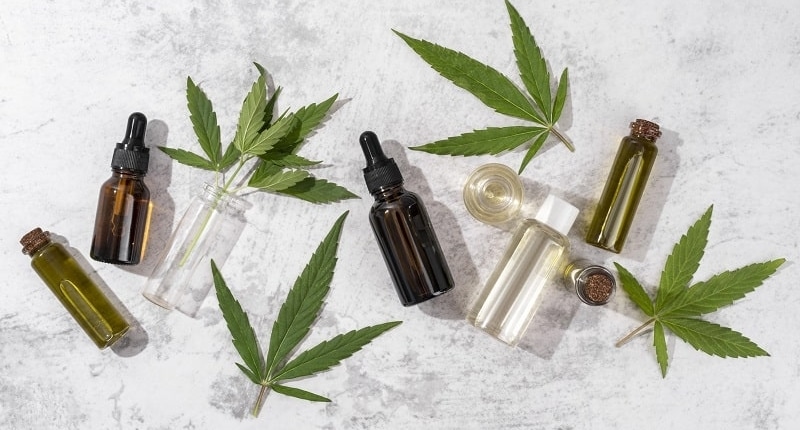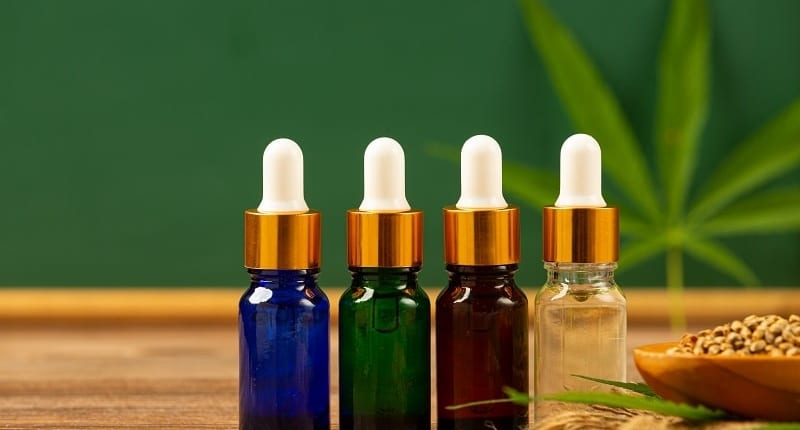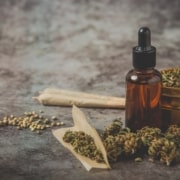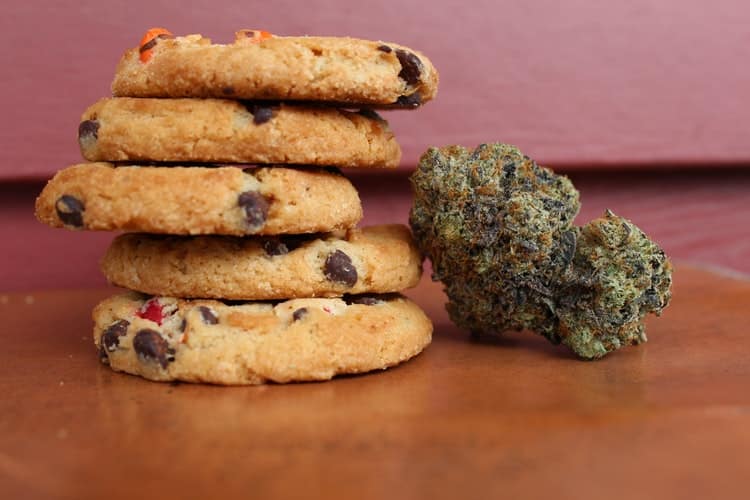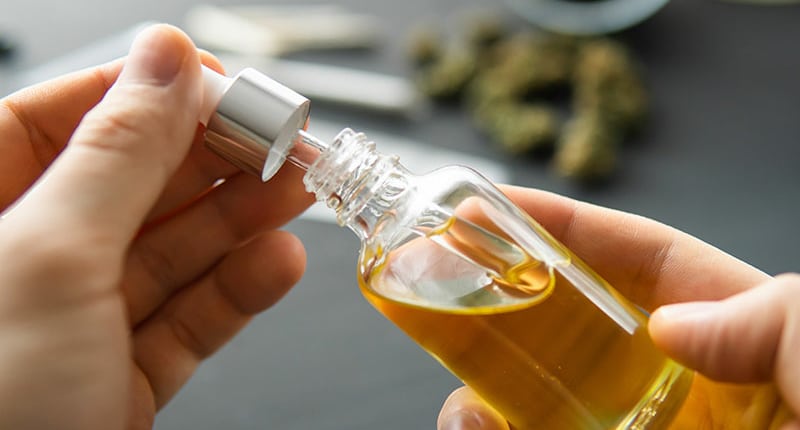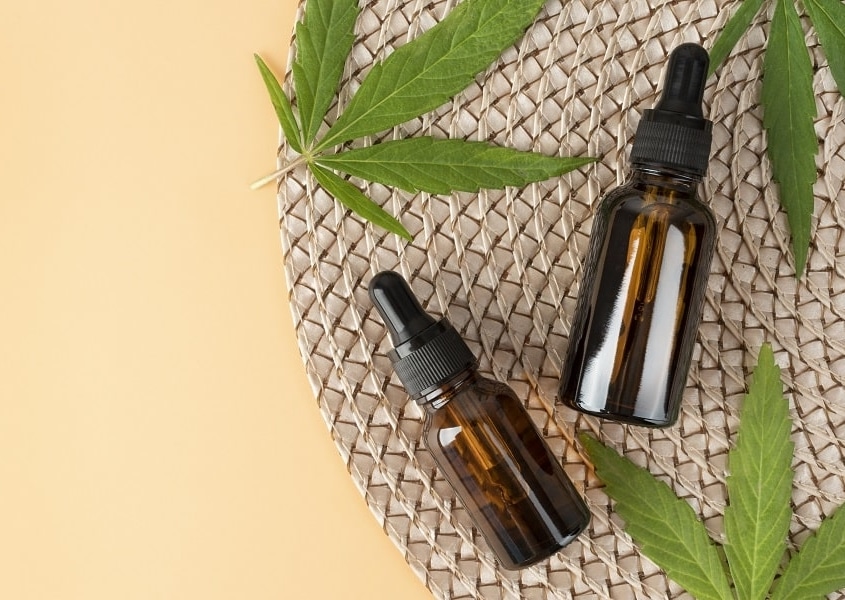Is CBD Psychoactive? The Difference Between Psychoactive And Psychotropic
Cannabidiol, or CBD, products are becoming increasingly popular around the world, due to the wide range of benefits and effects that they can provide. However, there are still question marks about CBD’s effects and properties, and some people are unsure about whether this cannabinoid is psychoactive, psychotropic, or something else.
So, is CBD psychoactive? Does CBD have psychoactive effects? Does CBD get you high? And what are the differences between terms like psychotropic vs psychoactive? In this guide, we’ll break down all you need to know about psychoactive ingredients and discuss what specific category CBD falls into.
The Difference Between Psychotropic vs Psychoactive vs Intoxicating
Before we look at questions like “Is CBD psychoactive?” it’s important to have an understanding of what this word actually means. Terms like psychoactive and psychotropic often appear in the media or may be heard when discussing cannabis products like CBD oils with cannabis enthusiasts at your local cannabis dispensary.
These terms are sometimes used interchangeably, but they do have their own distinct definitions, and it’s important to get them right. So, what is psychoactive? What does this term refer to? In general, something is “psychoactive” if it is capable of passing the blood-brain barrier. In other words, it’s something that is capable of having an effect on the brain.
Now we know what is psychoactive, but what about psychotropics? Well, this term is very different. Psychotropic actually refers to a chemical or substance that is able to actually alter a person’s mental state and cognitive abilities. In other words, it’s something that can change the way you think and feel, and this is a very important distinction.
Finally, we have the word “intoxicating”. The word intoxicating is closer to psychotropic than psychoactive. It refers to something that can cause significant cognitive changes in a person’s mind, affecting their ability to think and function mentally. It also typically refers to a product that can cause withdrawal symptoms when the user stops consuming it.
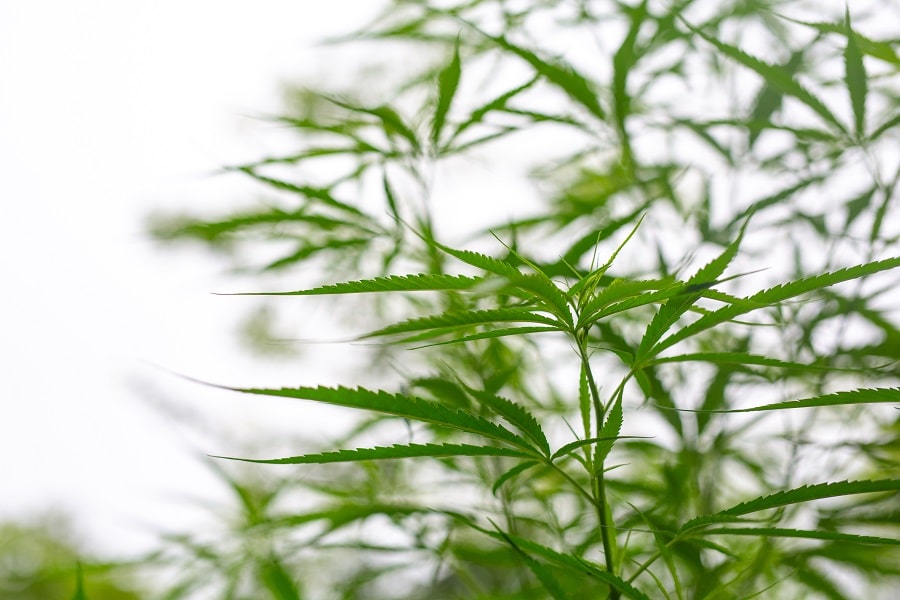
Is CBD Psychoactive?
Now we know what is psychoactive, it’s easier to answer the question “Is CBD psychoactive?” The simple answer is yes. Psychoactive elements are those that cross the blood-brain barrier and can technically affect a person’s brain. Therefore, from a scientific and technical standpoint, CBD is psychoactive.
How CBD Got the Reputation as Being Non-Psychoactive
The question of does CBD has psychoactive effects is one that has caused a lot of debate online and in scientific circles. And it is possible to find media reports and articles out there that will answer “Is cannabidiol psychoactive?” by saying no, even though it technically is. So why did this happen?
Well, the reason why the internet has so many articles saying CBD isn’t psychoactive is because of a lack of understanding of the specific scientific definition of the word “psychoactive”. A lot of people assume that psychoactive refers to intoxicating products that can make a person feel “high”, like THC.
Therefore, to show that the effects of CBD aren’t the same as the effects of THC, and to encourage people into buying CBD, some companies claim that CBD isn’t psychoactive. What they really mean is that it’s not intoxicating, and it won’t get you high.
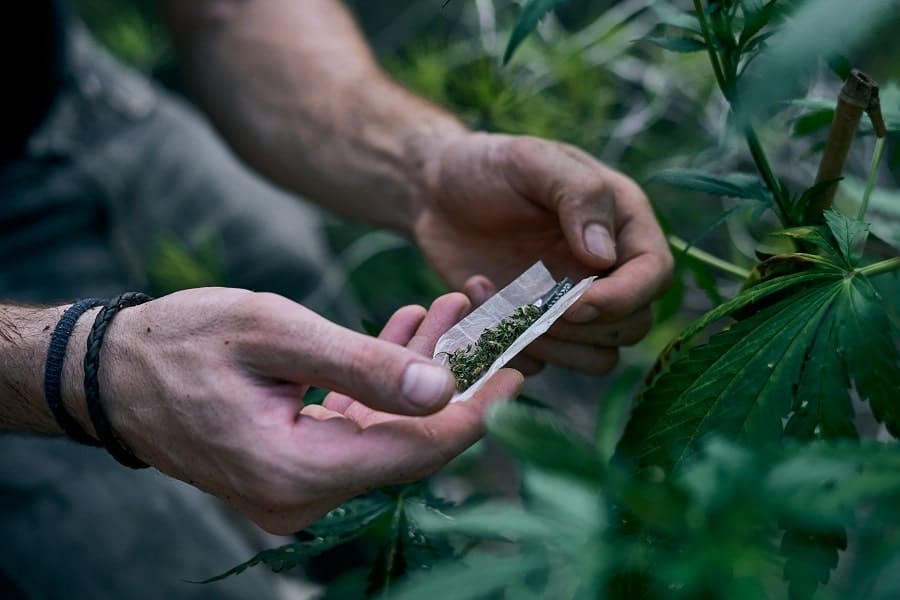
The Difference Between CBD and THC’s Psychoactive Effects
Clearly, CBD and THC are very different cannabinoids. They’re both psychoactive, but THC is the only one of the two to be psychotropic and intoxicating because THC is the part of the cannabis plant that can make people feel high and euphoric. But how does this actually work in the human body?
Well, both CBD and THC interact with a part of the body called the endocannabinoid system. Similar to the central nervous system, the endocannabinoid system (ECS) is a cell-signaling system that can control and trigger different functions in the body.
THC has the distinct ability to mimic a molecule called anandamide, nicknamed the “bliss molecule”, due to the effects it can have on a person’s mood and mental state. It binds with CB1 receptors in the ECS to trigger euphoric feelings and other effects.
CBD works differently. It still has an effect on the ECS and triggers certain responses, like the release of serotonin, which can make people feel a little calmer or more relaxed, but it doesn’t make people high.
Is Cannabidiol Intoxicating?
When we understand the differences between psychotropic vs psychoactive vs intoxicating, it becomes easier to define a substance like CBD. And, due to the fact that intoxicating substances cause significant cognitive changes and withdrawal symptoms, and CBD does not cause either of these things, it cannot be classed as intoxicating.
Does CBD Get You High?
As well as wanting to know does CBD have psychoactive effects, many people are interested to know if CBD can get them high. After all, even small amounts of THC are enough to make someone feel high, so what about CBD?
Well, since CBD is not intoxicating or psychotropic, it can’t get you high. Even if you consume large amounts of CBD oil or a high-CBD cannabis strain, you won’t have the same high feeling as you would with THC. If you have more questions about CBD, contact us to learn more.

